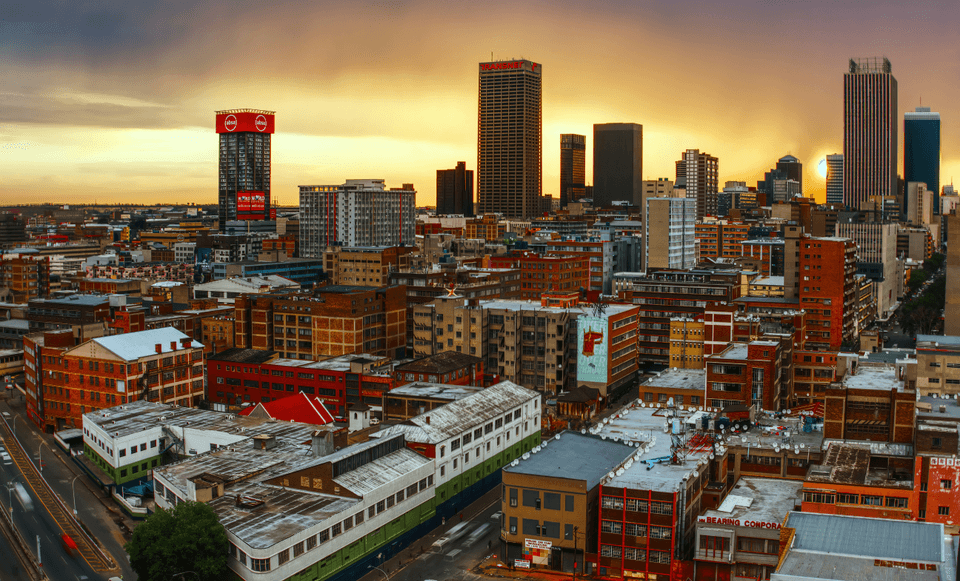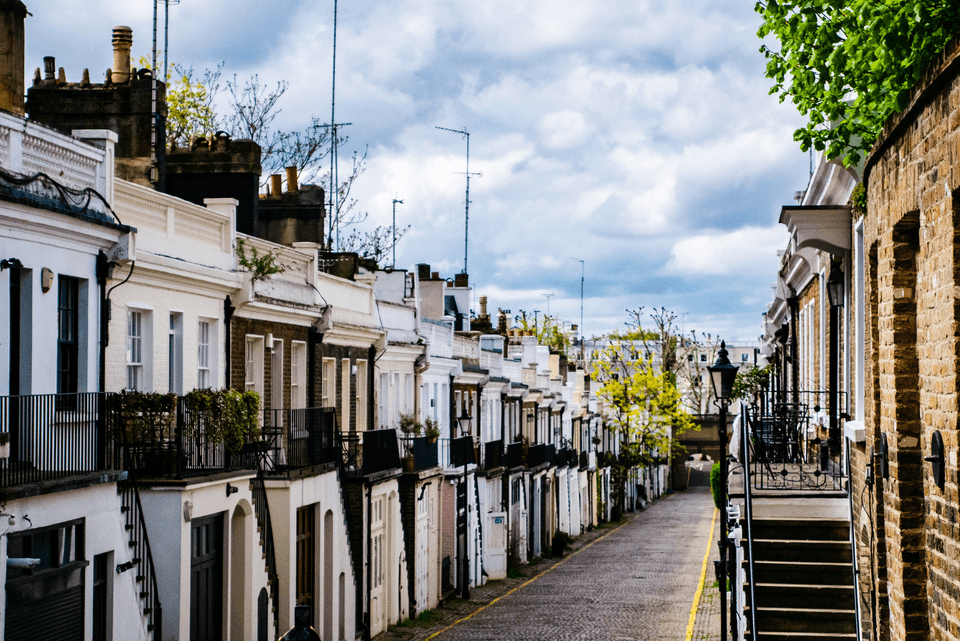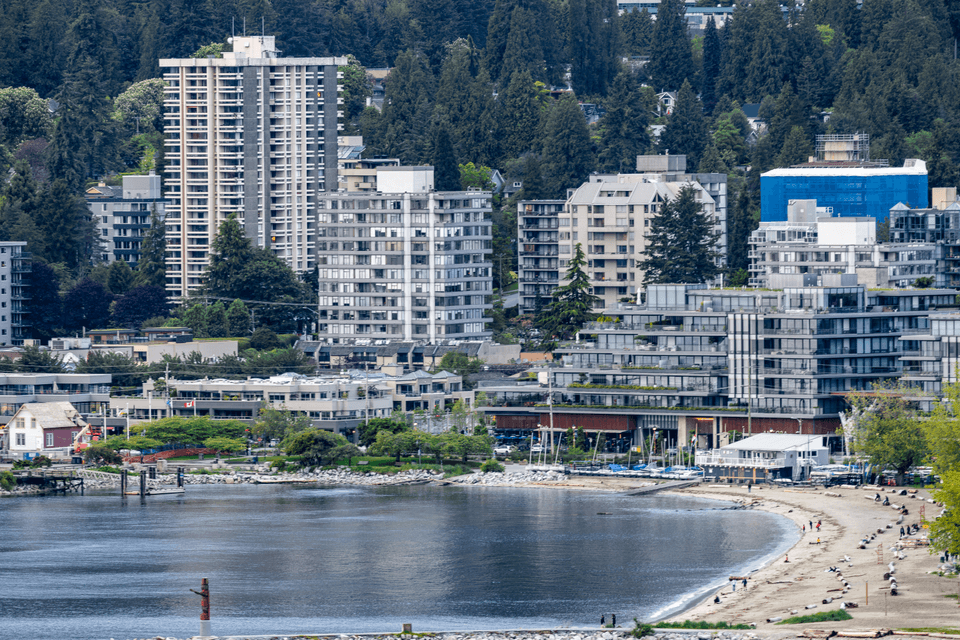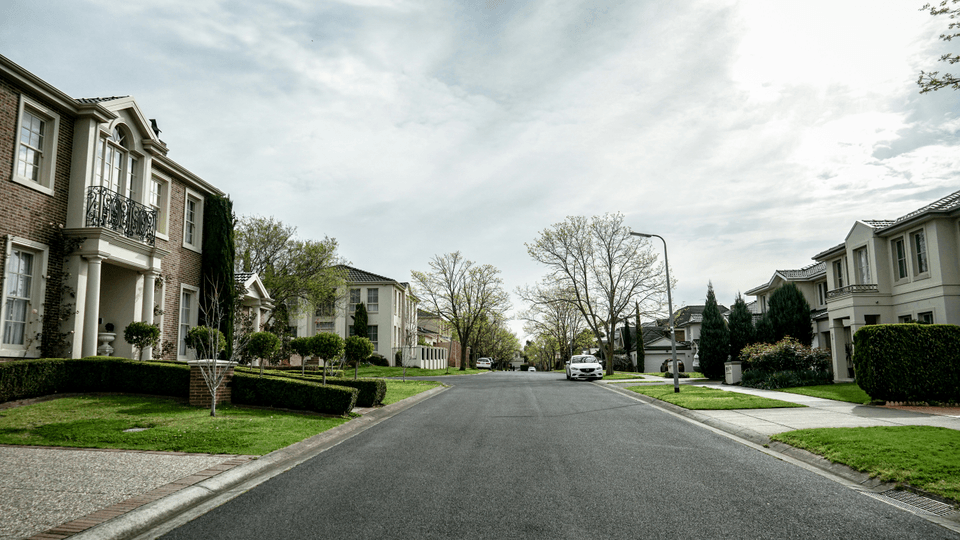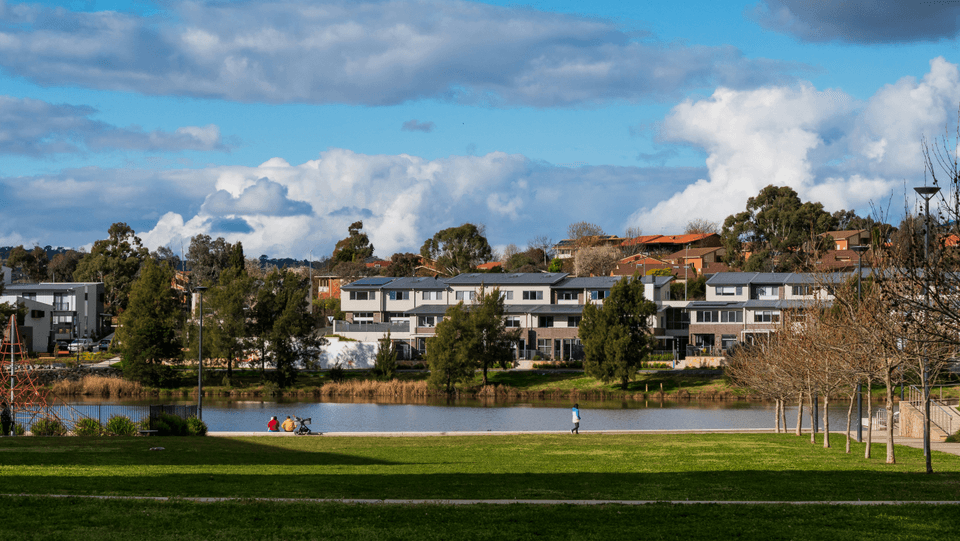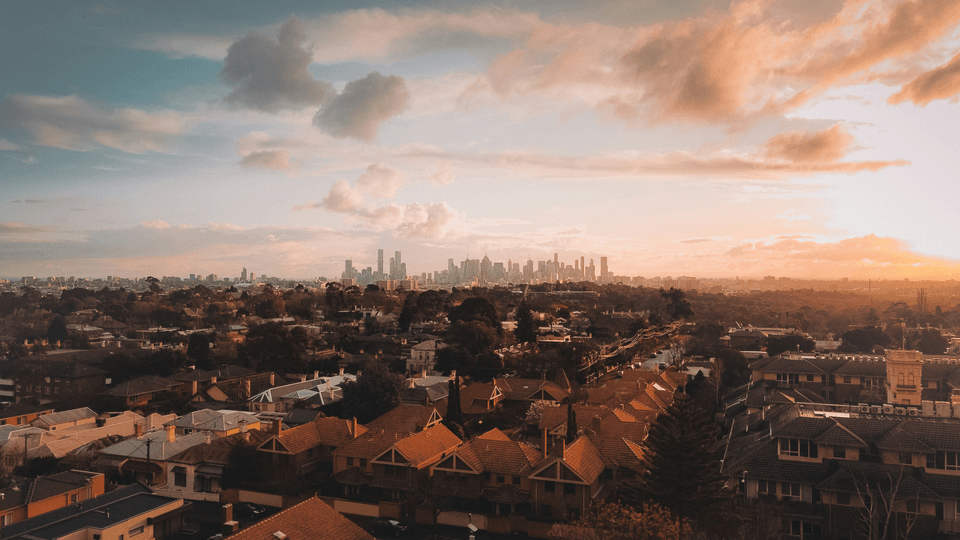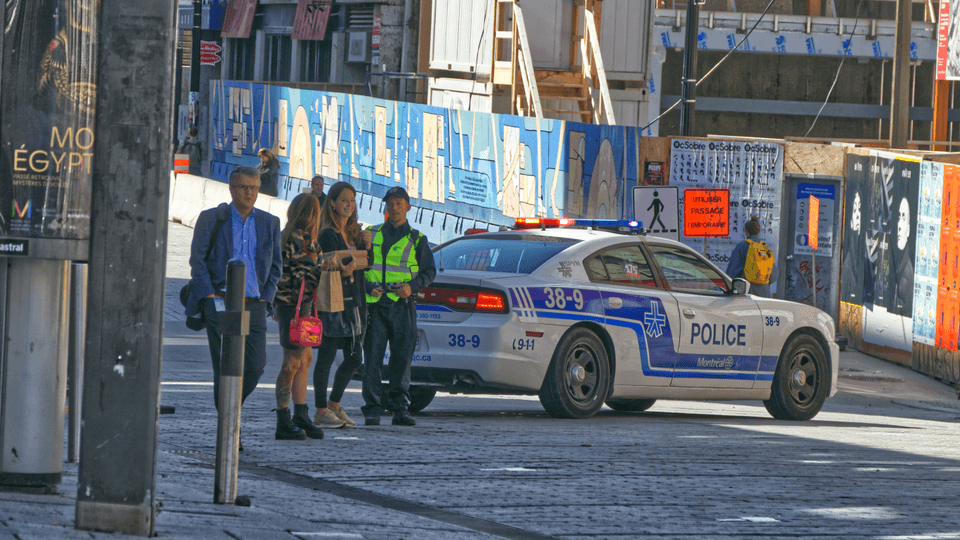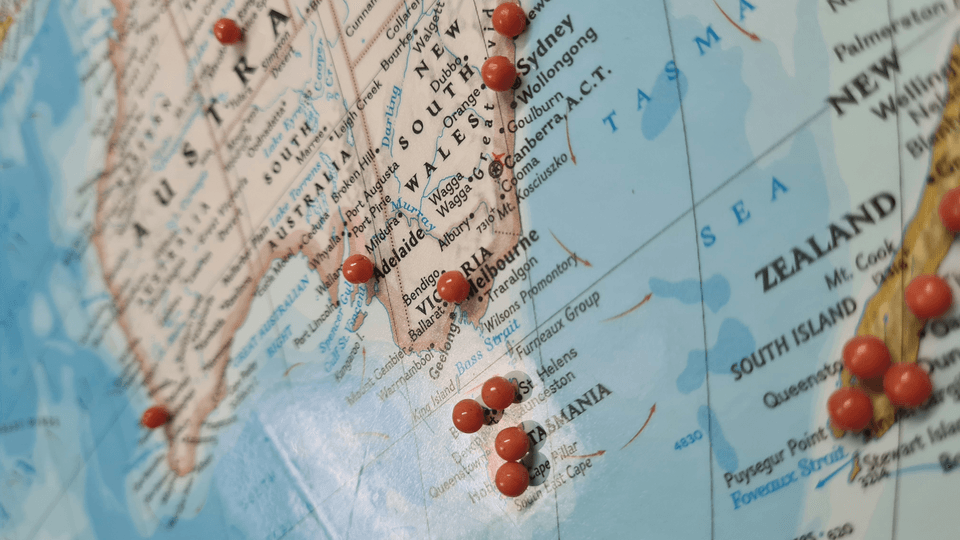
Discover Melbourne’s Suburbs
Melbourne’s vast metropolitan area is made up of many diverse suburbs, each falling under different local government areas. I've highlighted some key suburbs that are especially popular with families moving to Melbourne, giving you an overview of neighborhoods that offer a great balance of amenities, schools, and community life.
Where to Live in Melbourne
Explore Melbourne’s diverse suburbs, offering a variety of lifestyles, amenities, and community vibes.
Inner City
- Close to CBD: Within 2 km of the Central Business District.
- Diverse Housing: Victorian terraces, modern townhouses, and apartments
- Ideal for: Young Professionals & Families. Great for those seeking urban living
- Great Transport Links: Trams, light rail, and trains, with some areas in the free tram zone
- Schools: Access to reputable public and private schools, making it a great choice for families
- Convenient Amenities: Easy access to shops, restaurants, and services
- Recreation: Parks, cultural venues, galleries, and entertainment precincts for a well-rounded lifestyle
- Shopping Centers: Emporium Melbourne, Melbourne Central, and QV Melbourne offer extensive retail options
Melbourne’s inner city offers diverse housing options, from Victorian terraces to modern apartments, just minutes from the CBD. Popular with young professionals and families, areas like Southbank, Docklands, and Port Melbourne provide convenient access to transport, amenities, and vibrant city life. With trams, light rail, and trains, commuting is easy, and amenities like restaurants and supermarkets are always close by.
Eastern Melbourne
- Distance from CBD: 2-15 km
- Housing: Medium to high-end properties, townhouses, and apartments
- Ideal for: Families, business couples, and singles seeking a balance between suburban life and city access
- Great Transport Links: Well-serviced by trams, trains, and buses, providing easy commuting options
- Schools: A range of reputable public and private schools, making it a popular choice for families
- Convenient Amenities: Local shopping strips, cafes, and essential services within reach
- Recreation: Parks, sporting facilities, and community centers offering various leisure options
- Shopping Centers: Westfield Doncaster and The Glen Shopping Centre for major retail outlets
Eastern Melbourne is known for its tree-lined streets and a mix of classic homes from the 1930s to modern townhouses. The area features renovated Victorian and Edwardian houses and contemporary apartments. It’s a well-established region with a range of schools and strong community activities, making it a popular choice for families and professionals alike. Public transport is readily available, making commuting easy.
Outer Eastern Suburbs
- Distance from CBD: 15-25 km
- Housing: Newer medium to large family homes, townhouses, and apartments
- Ideal For: Families seeking spacious, suburban living
- Transport: Buses in all suburbs, with a train service available in Glen Waverley
- Schools: A variety of private and public school options
- Amenities: Westfield Doncaster and The Glen Shopping Centre for convenient shopping and services
- Recreation: Swimming pools, golf courses, tennis courts, and other recreational activities
- Shopping Centers: Eastland Shopping Centre and Westfield Doncaster
The Outer Eastern suburbs, including Bulleen, Doncaster, Glen Waverley, and others, offer family-friendly living with newer homes, modern townhouses, and apartments. These areas are well-served by transport, shopping centers, and recreational facilities. With a variety of schools and community amenities, it’s an ideal place for families seeking a suburban lifestyle with good access to Melbourne’s city center.
Southern Bayside Suburbs
- Proximity to City Centre: 5-25 km
- Housing Options: Predominantly high-end properties, including larger homes and modernized terraced houses.
- Ideal For: Families.
- Transport: Served by trains, trams, and buses.
- Schools: A selection of private and public schools, offering quality education options
- Amenities: Access to shopping centers like Southland Shopping Centre and suburban strip village-style shopping.
- Recreation: Community swimming complexes, golf courses, tennis courts, sailing, and water sports.
The Southern Bayside suburbs, including Albert Park, St Kilda, Brighton, and Mentone, offer upscale living with a mix of modernized homes and high-density apartments. These areas are family-friendly, with a wide range of recreational options, good schools, and easy access to public transport. Residents enjoy proximity to shopping centers and beautiful coastal views, making it a desirable location for families.
Northern Suburbs
- Distance from CBD: 1-8 km
- Housing: Renovated older homes, new high-rise apartments
- Ideal For: Professional couples and families
- Transport: Trains, buses, and trams
- Schools: A range of public and private schools
- Amenities: Schools, cafes, local shops, and medical centers
- Recreation: Community swimming complexes, parks, and sports facilities
- Shopping Centers: Highpoint Shopping Centre, Puckle Street, Sydney Road
The Northern suburbs, including Flemington, Carlton, Brunswick, and others, are established areas with tree-lined streets, renovated period homes, and modern apartments. These areas are well-connected by public transport and offer shopping and recreational facilities. They’re ideal for professionals and families looking for easy access to the city and a mix of historical and modern housing.
Western Suburbs
- Distance from CBD: 8-25 km
- Housing: Mix of older homes, modern townhouses, and apartments
- Ideal For: Families and first-home buyers
- Transport: Trains, buses, and trams
- Schools: Public and private school options
- Amenities: Medical centers, cafes, restaurants, and local shops
- Recreation: Parks, community facilities, and sports complexes
- Shopping: Highpoint Shopping Centre, Footscray Market, Watergardens Shopping Centre
The Western suburbs, including Footscray, Werribee, Sunshine, and others, offer a blend of older homes and modern housing. These areas are popular with families and first-home buyers due to their affordable living and strong community focus. The suburbs are well-serviced by public transport and feature shopping hubs, parks, and recreational facilities. mini
Crime & Risk
Explore Melbourne’s diverse suburbs, offering a variety of lifestyles, amenities, and community vibes.
Climate Risk Map of Australia
The Climate Council's Climate Risk Map helps Australians identify climate risks like flooding, bushfires, and extreme winds in their area. By entering a suburb or postcode, you can see the percentage of properties at risk and explore future scenarios based on different emissions levels.
Crime Statistics Agency Victoria
The Crime Statistics Agency's Latest Crime Data by Area provides up-to-date information on crime rates across Victoria. You can search by suburb or postcode to view detailed crime statistics and trends in your local area.
Crime Map of Australia - RedSuburbs
RedSuburbs: Crime Map of Australia provides a visual representation of crime rates across various suburbs in Australia. It highlights areas with higher crime rates using color codes, helping you understand safety levels in different regions and make informed decisions about where to live or visit.
Melbourne Councils Website
Explore a comprehensive list of Melbourne’s local councils to help you navigate the city’s diverse regions. Whether you’re moving to Melbourne, looking for the right area to live, or simply curious about how local government operates in different parts of the city, this section provides all the details you need. From the bustling central suburbs to the peaceful outer regions, each council is an important part of the community. Get to know the key areas and local services that make Melbourne unique!
©2025 - Melbourne Basics For Newcomers

